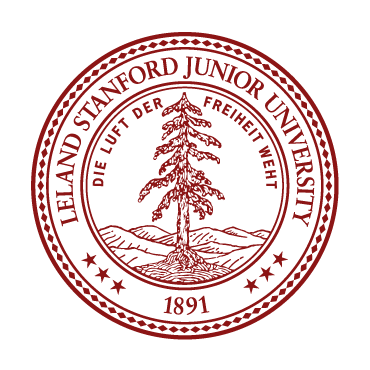Dialect Research Assignment (10%)
Due before the beginning of class Tuesday October 14
In this class, we will be learning about the major regional dialects in the U.S. However, there are many, many more dialects in the U.S. that cross-cut large regional boundaries, and are specific to particular states, counties, cities, and communities.
For this assignment, you will choose a smaller-scale, local dialect to research. Since so many of us in the class come from different places in the United States, you will pick a dialect that is connected to another student's hometown or area of origin. The list of these places is available on a Google Doc linked here. Choose one place listed and write your name next to it. Ideally, this should be an area that you are not from, and that you are unfamiliar with.
You will be doing a literature review of the dialect research that has been conducted in the location you choose. We would like your review to be as specific as possible. Start small, looking for research on the city or county in particular. Do not only cover research that describes broad regional patterns. For example, if you pick Oxford, Mississippi, you should be writing about Oxford in particular. If available resources are limited, broaden your search to Lafayette County, Mississippi. Failing that, look into Mississippi English. The point is, we would not want you to describe Southern American English more broadly, just because Mississippi is in the South. The goal is for you to understand dialect variation at a smaller, more local scale.
You will be searching for academic literature on the dialect you choose. This includes journal articles and scholarly books, rather than popular writing for a wide audience (e.g., Wikipedia). Google Scholar is an extremely helpful first step. Some other resources to help get you started are listed below:
- American Speech. A publication of the American Dialect Society. This quarterly journal contains articles on all levels of dialect differences in American English.
- Linguistic Atlas Project (LAP). A massive body of work, by many regional dialectologists, supported by the American Dialect Society. Works include: Linguistic Atlases of the Middle and South Atlantic States (LAMSAS), Linguistic Atlases of the North-Central States (LANCS), Linguistic Atlases of New England (LANE), Linguistic Atlas of the Gulf States (LAGS), Linguistic Atlas of the Pacific Northwest (LAPN), Linguistic Atlas of the Pacific Coast (LAPC).
- Dictionary of American Regional English, vols. 1-6 (1985, 1991, 1996, 2002, 2012, 2014). Cassidy, Frederic G. and Joan Houston Hall (general editors). All six volumes of this exhaustive dictionary of regional lexical items can be found in the library, but are also available online (www.daredictionary.com). The introductory articles in Volume 1 by Frederic Cassidy and James Hartman set forth some of the major phonological and grammatical processes that have led to differences in American English dialects, and the last volume (6) offers contrastive maps, an index to entry labels, questionnaire, and fieldwork data.
- An Acoustic Analysis of Vowel Variation in New World English. Thomas, Erik R. (2001). Publication of American Dialect Society 85. This is an extremely detailed and thorough discussion of the phonetics of American English vowels. The entire book is available online (http://pads.dukejournals.org).
In as much detail as possible, describe the systems that distinguish the dialect you have chosen from others, referring to each of the levels of dialect if possible. Again, be specific. Write-ups should be at least 2 single-spaced (4 double-spaced) pages, not including references or diagrams. All references should be cited in the text, with full citations on a separate page at the end of your write-up. Do your best to synthesize, rather than simply summarize, the relevant information you find in these sources.
Email your completed assignment as a PDF or DOC attachment to the course e-mail address linguist159-aut1415-staff@lists.stanford.edu before class on Tuesday, October 14.
